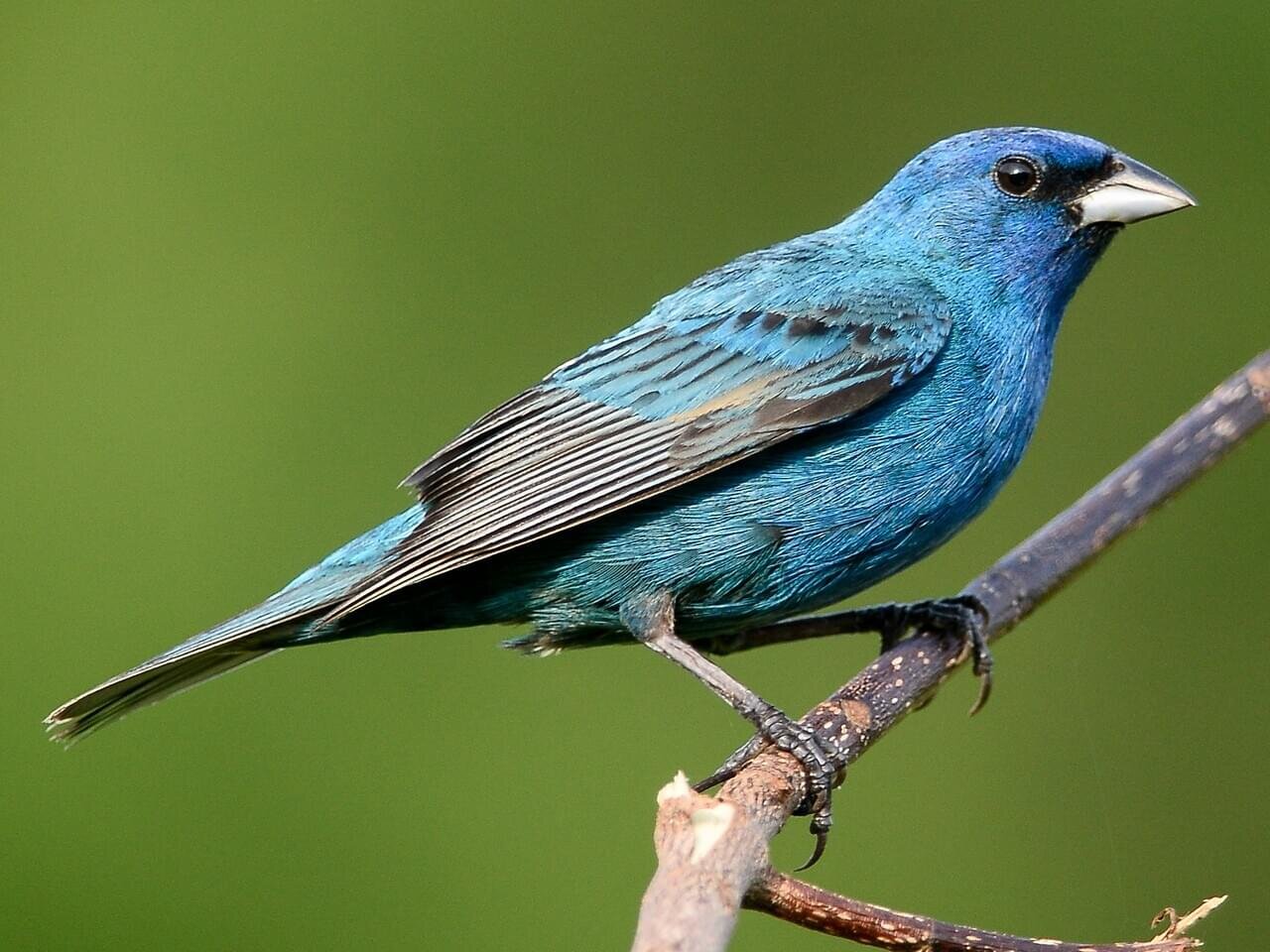As anticipated there has been a noticeable increase in hummingbird activity reported from quite a few customers this past week. Mid-June and mid-July are notable times when many hummingbirds will come off the nest which would translate to more hummingbirds being seen at feeders and around the yard visiting flowers. Lots of rainfall is contributing to wonderful results in our gardens producing an abundance of flowers. Often times these natural nectar sources are more attractive and more important than the sugar water in our feeders. We often tell people who are disappointed about not seeing hummers at their feeders that hummingbirds do not travel all the way from Central America for sugar water. They have all they need naturally and will come to the feeders with intensity when nesting concludes. Be patient. August and September are always the best hummer feeding months.
Most of us bird lovers appreciate many of the other creatures we encounter in our yards seasonally, from year to year. Most springs I encounter Box turtles methodically working their way through a flower bed, or some difficult terrain with obstacles. I wonder how they get anywhere as difficult as it seems for them to move. Many times I’ve discovered a female attempting to dig a hole with its hind legs with the intention of laying eggs. I’ve never encountered a baby Box turtle so it must be extremely rare to witness the emergence of the babies from the earth. Two days ago I encountered a beautifully marked female attempting to dig a nest hole with not much success before she moved along to a better spot. I rewarded her efforts with a couple of juicy earthworms. Enjoy the video. Females will lay between 3 and 8 eggs up to three times per year. This next bit of information is very interesting. Female Box turtles can store sperm from a single mating for up to 4 years and can produce a fertile clutch of eggs in each of those years without further mating.
The Wood Thrush Shop is Hiring for 1 Part-time Position
Requirements:
Lifting heavy items is a must. Moving multiple bags of birdseed from 20 to 50 lbs. occurs with frequency on a daily basis. Once or twice a week large loads of seed are delivered and must be unloaded by hand.
Good people skills. You will communicate with people a lot to help them make choices to improve their backyard birding experience. Being able to listen and ask the right questions to better understand the customer’s backyard birding needs is critical.
We are looking for someone with enthusiasm and energy, manners, patience, and a sense of humor.
One will need to develop an ability to understand all of the bird feeding products and how they are best used.
We want someone to have a good working knowledge of common backyard birds, their habits, and behaviors.
Duties:
Registering sales
Unpacking, pricing, and displaying product
Sales floor and stockroom general maintenance: floor cleaning, vacuuming, and dusting.
Sales and customer service.
Hours per week and starting pay:
We need approximately, 25 hrs. per week, minimum two Saturdays per month.
Starting pay $12 per hour
Please email John at woodthrushshopth@bellsouth.net for inquiries and/or to set up an appointment to meet and fill out an application.





